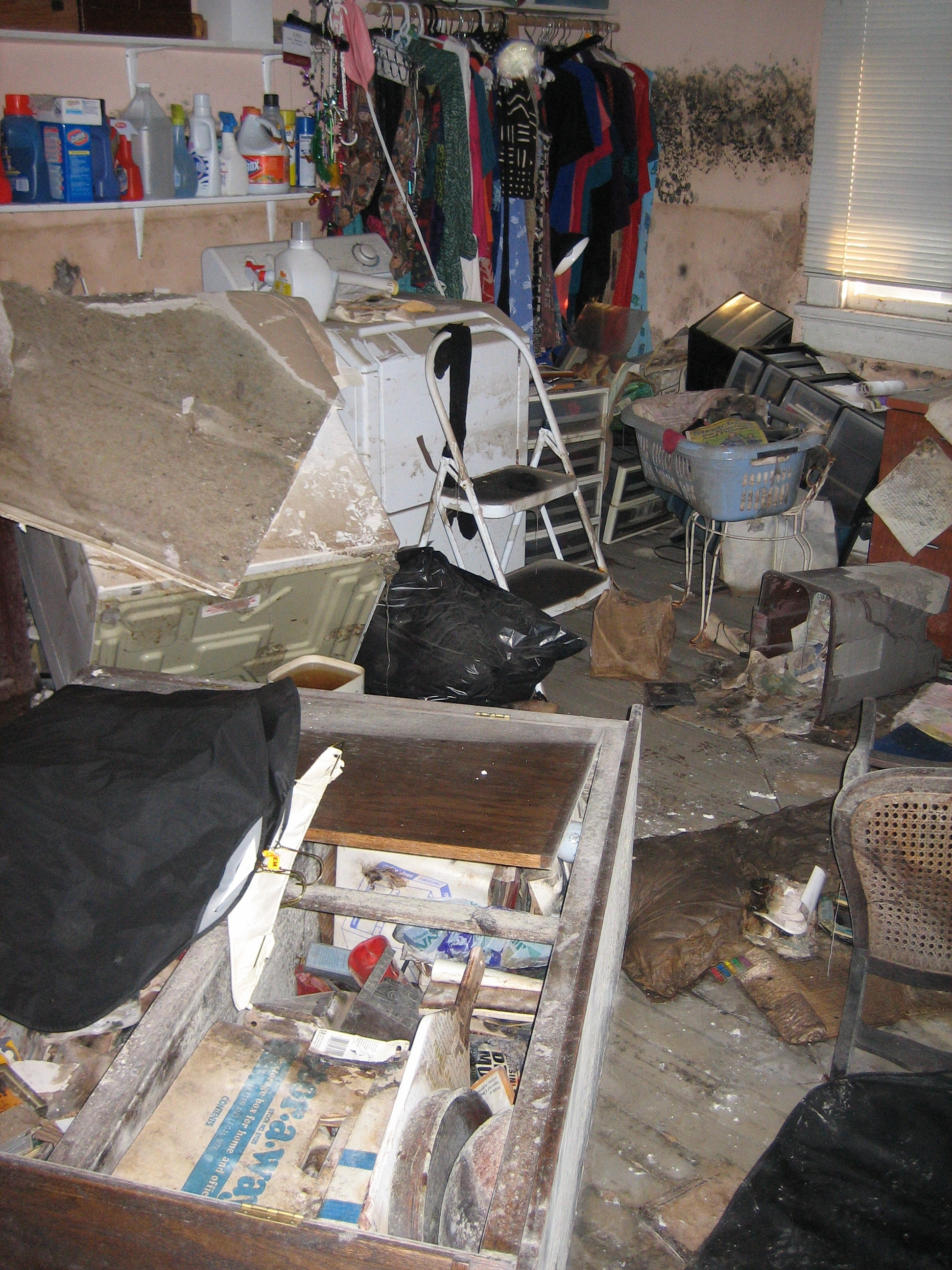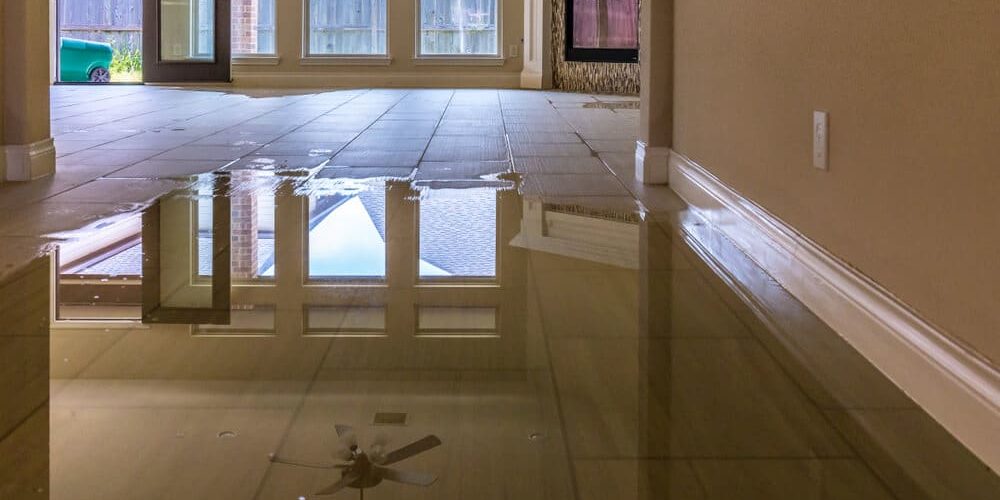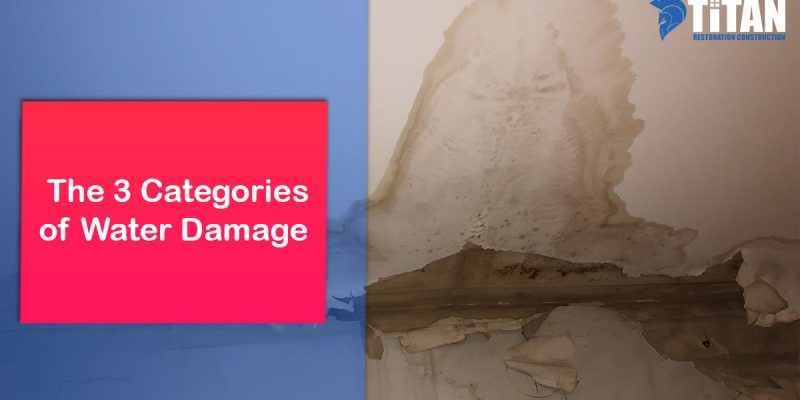Immediate Water Extraction Services to Prevent Structural Damage
Wiki Article
The Refine of Water Damages Cleanup: Ensuring Your Home Is Recovered Successfully
Water damages can be a daunting challenge for property owners, necessitating a careful and structured cleanup procedure to restore security and performance. damage restoration services. Following this, reliable water removal methods play a pivotal role in reducing additional damage.Analyzing the Damages
Upon finding water damages, the primary step is to completely examine the extent of the effect. This initial evaluation is important, as it aids figure out the essential actions for effective clean-up and repair. Begin by examining the influenced locations, consisting of wall surfaces, ceilings, floors, and individual possessions, to recognize the source of the water breach, whether from flooding, leakages, or condensation.Recording the damage is necessary for both insurance policy cases and intending remediation initiatives - damage restoration services. Use photographs and written notes to capture the severity of the damage, noting any kind of affected architectural elements and products. Pay special focus to areas that may not be right away visible, such as behind wall surfaces and under rugs, as concealed wetness can lead to more difficulties, including mold and mildew development
Additionally, examine the timeline of the water direct exposure. Eventually, a thorough analysis lays the foundation for a successful water damage cleanup process, guaranteeing that all impacted locations are addressed successfully and thoroughly.
Water Removal Strategies

Specialists typically utilize completely submersible pumps for bigger quantities of water, which can promptly minimize flooding in basements or various other affected locations. For smaller sized quantities, wet/dry vacuum cleaners are often utilized to remove residual moisture from carpets and hard surface areas. Additionally, making use of portable extractors enables targeted removal in constrained spaces or locations with fragile materials.
In instances of contaminated water, such as sewer or floodwater, advanced extraction strategies may include making use of biohazard devices to make certain security and conformity with health and wellness laws. High-powered extraction tools are crucial in minimizing water retention in structural products, which can lead to mold development and structural wear and tear otherwise attended to promptly.
Ultimately, the effectiveness of water removal strategies plays a pivotal duty in the general success of the water damage cleaning process, preparing for succeeding reconstruction initiatives.
Drying and Dehumidification
Once standing water has been effectively removed, the next essential stage in the water damage clean-up procedure is drying and dehumidification. This step is necessary to stop more damages and mold and mildew growth, which can occur within 24 to 48 hours in damp atmospheres.To achieve efficient drying out, specialized equipment such as industrial-grade air moving companies and dehumidifiers is used. Air moving companies circulate air throughout wet surface areas, improving dissipation rates, while dehumidifiers minimize humidity degrees airborne, advertising a conducive setting for drying. The mix of these devices ensures that dampness is drawn out from floors, wall surfaces, and home furnishings, enabling them to completely dry extensively.
It is important to keep an eye on the drying out procedure closely. Experts typically use dampness meters to assess the moisture material in numerous products, making certain that all impacted areas reach appropriate dryness levels. This precise strategy assists to avoid covert dampness pockets that might result in structural damages or unhealthy mold development.

Cleaning and Sanitizing
After the drying out and dehumidification stage is total, the next crucial action in water damage clean-up is cleansing and sanitizing the affected areas. This procedure is essential to stop the development of mold and mildew, bacteria, and various other pathogens that thrive in damp atmospheres.The cleaning phase generally involves getting rid of any particles, dirt, and impurities from surface areas using specialized cleansing agents. For hard surfaces, a combination of soap and water or commercial cleaning products is frequently utilized. Soft materials, such as furniture and rugs, may call for extra extensive cleaning methods, consisting of heavy steam cleaning or deep removal techniques, to make sure thorough cleanliness.

Sterilizing adheres to cleansing, making use of EPA-approved disinfectants to eliminate unsafe microorganisms. This action is necessary, specifically in areas that may have entered into call with floodwaters or sewer, as these resources can posture significant health and wellness threats.
Furthermore, it is very important to address any type of remaining odors, which may require the usage of odor neutralizers or sophisticated techniques like ozone treatment. Appropriate cleansing and disinfecting not only restore the safety and security and health of your home yet additionally prepared for successful repair and fixings in succeeding phases of the water damage clean-up procedure.
Repair and Repair Work

Once the evaluation is complete, remediation initiatives can start. Furthermore, floor covering might need similar focus, depending on the level of water direct exposure.
It is important to involve seasoned repair specialists during this process, as they have the knowledge to deal with complex repair services successfully. Moreover, they can aid minimize prospective future concerns, such as mold and mildew development or architectural instability, thus making certain a secure and habitable living atmosphere. Ultimately, reliable reconstruction and repair work bring back the home's stability and improve its general worth.
Conclusion
In final thought, the process of water damages cleaning is essential for bring back a home to its pre-damage condition. Each stage, from examining the damages to applying reliable water extraction methods, complied with by detailed drying out, sterilizing, and required repair work, plays an important function in making sure safety and security and conformity with building criteria. Effective implementation of these actions not only alleviates immediate damages however likewise enhances the long-term stability and value of the building.Water damages can be a daunting challenge for house owners, necessitating a organized and thorough cleaning procedure to recover safety and security and performance. Inevitably, a comprehensive assessment lays the foundation for a successful water damages clean-up process, ensuring that all impacted areas are resolved properly and thoroughly.
Efficient water removal techniques are vital in reducing damages and damage restoration services stopping additional problems complying with a water invasion occasion.In conclusion, the procedure of water damages clean-up is important for bring back a home to its pre-damage condition. Each phase, from assessing the damage to implementing effective water extraction techniques, followed by thorough drying, disinfecting, and needed fixings, plays a crucial function in making sure security and conformity with building requirements.
Report this wiki page